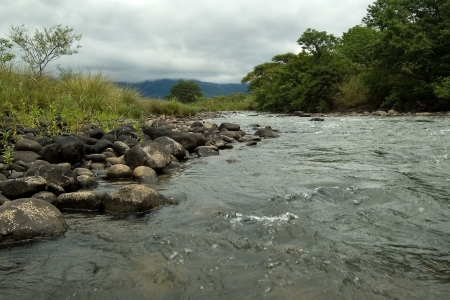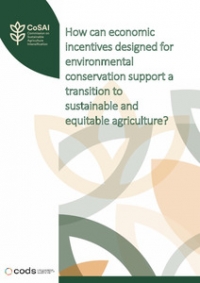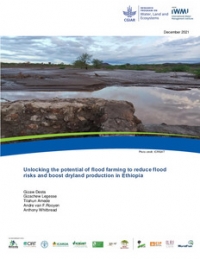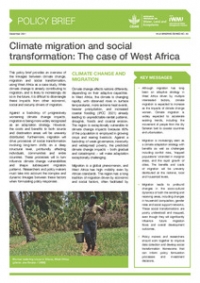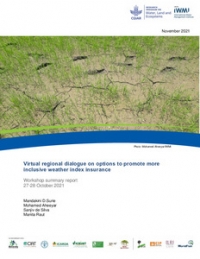The county capital of Wajir in northeast Kenya lacks clean drinking water and has no suitable source of water nearby. That's why the Kenyan government plans to tap into an important groundwater body, the Merti aquifer, located 120 kilometers away, to secure a steady supply of water to the city.
In 2013, researchers from the CGIAR Research Program on Water, Land and Ecosystems (WLE) assessed how the huge water-transfer project is likely to impact various communities and water users and deemed the undertaking risky.
The work was part of WLE's support to a project, funded by the U.K. National Environment Research Council, aimed at developing a new tool to assess groundwater investments.
Weighing the trade-offs of large water investments
The Kenyan water-transfer project would require an investment for building a pipeline and other infrastructure. Its potential benefits include improved public health and higher productivity as well as economic growth, which is expected to accelerate development in the region.
After discussions with community representatives, the scientists modeled how the Merti water-transfer project would likely affect communities in an effort to develop a more equitable project design. They uncovered significant trade-offs. For example, a number of communities already rely on the groundwater that would be extracted. They include pastoral communities, which have boreholes through the area; a UN-run Somali refugee camp; and communities across the border in Somalia.
The models calculated a significant risk of a negative investment return for the project. Researchers also found that while there is little risk of wells in the area running dry, there is a significant risk of increased groundwater salinity. Those results and possible mitigation options were presented at a workshop attended by stakeholders, including government officials. Project proponents concluded the risks must be considered more seriously.
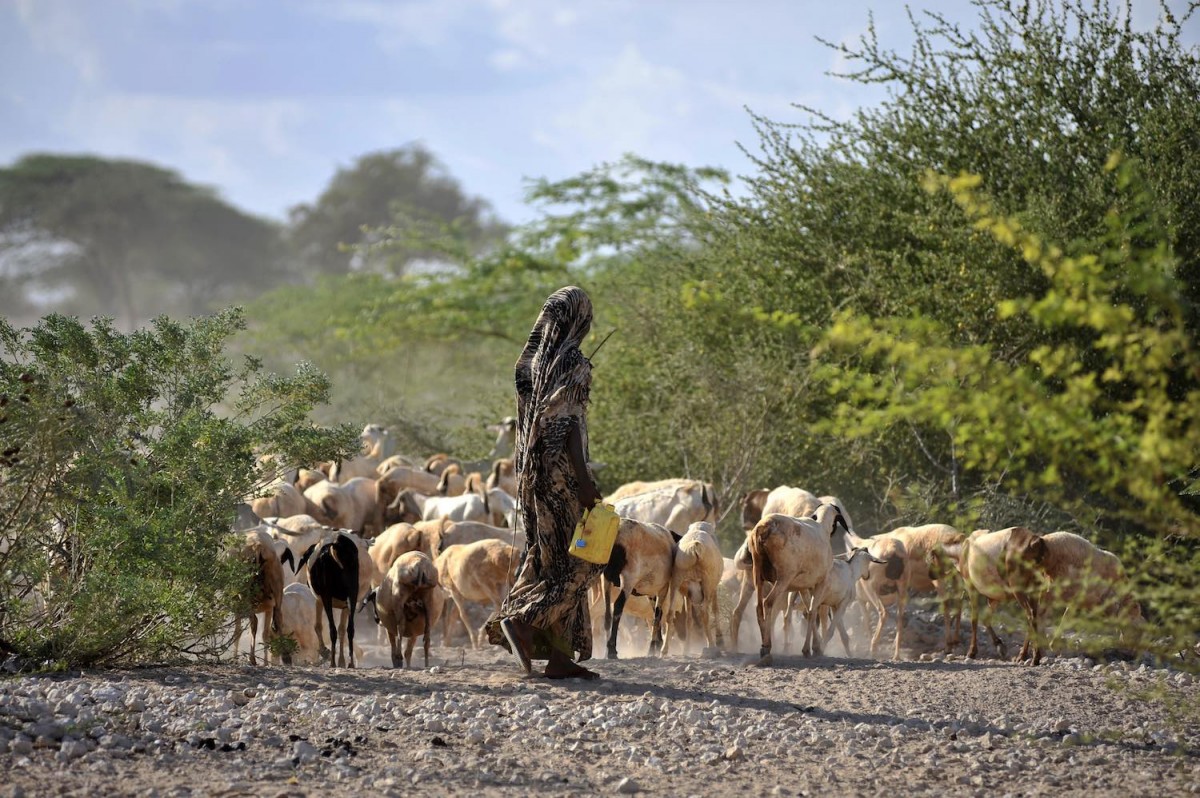
Handling uncertainty in decision making
The Merti project reflects work being done by the World Agroforestry Center (ICRAF) and several partners to use 'applied information economics', an approach developed by Hubbard Decision Research in the United States. The goal is to develop generic approaches to modeling the costs and benefits of large natural resource investments, taking into account uncertainties.
Unlike many conventional approaches, this technique requires few measurements in its initial phase, focusing instead on variables that are highly uncertain but have a large impact on outcomes. It also captures the expectations of various stakeholders about the impacts of major natural resource projects and involves these stakeholders in the model-building process.
"The long-term goal is to contribute to the sustainable management of groundwater and ecosystem resilience, in part by informing key policy makers of potential risks, and identifying intervention options that reduce those risks and maximize benefits," said ICRAF's Keith Shepherd, WLE program leader for information systems.
Considering all implications
Currently, decisions around groundwater development are often focused solely on the benefits of the supply of water. "In anticipating the costs and benefits of a groundwater development project, it is not sufficient to look at one aspect only," said Eike Luedeling, an ICRAF senior decision analyst. "We should consider all important implications the intervention will have, even those that are difficult to quantify, as well as all risks that may reduce project effectiveness. If we do this well, we can form much more realistic expectations of project outcomes."
The Merti aquifer project was one of eight analyzed under the applied information economics framework. Overall, some investments were assessed to be marginal or negative, while others were definitively positive. In most projects, a small number of key uncertainties were identified as critical determinants of success or failure.




